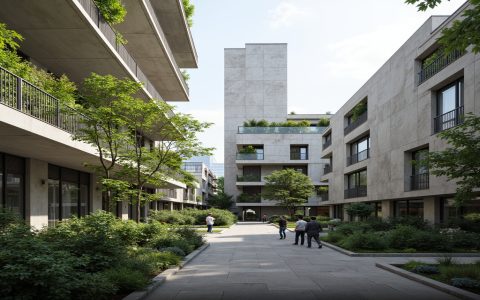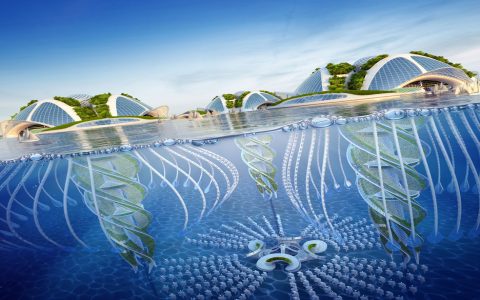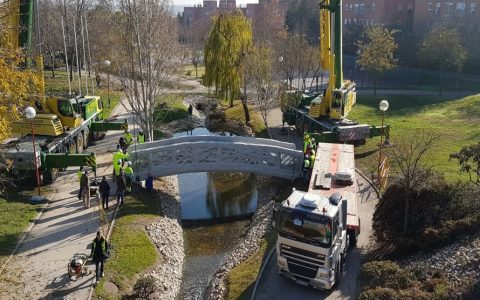Railway station design in 2024 emphasizes seamless integration, technological intelligence, passenger-centricity, and sustainability. Here are the top ten inspiring trends:
1. Station-City Integration (TOD)
Projects like Stuttgart 21 exemplify transforming terminals into underground through-stations, freeing vast urban land for green belts and mixed-use development, blurring boundaries between transport hubs and city life.
2. Underground & Multi-Level Development
Relocating rail infrastructure underground creates valuable surface space for public plazas or commercial zones while maximizing land efficiency in dense urban cores.
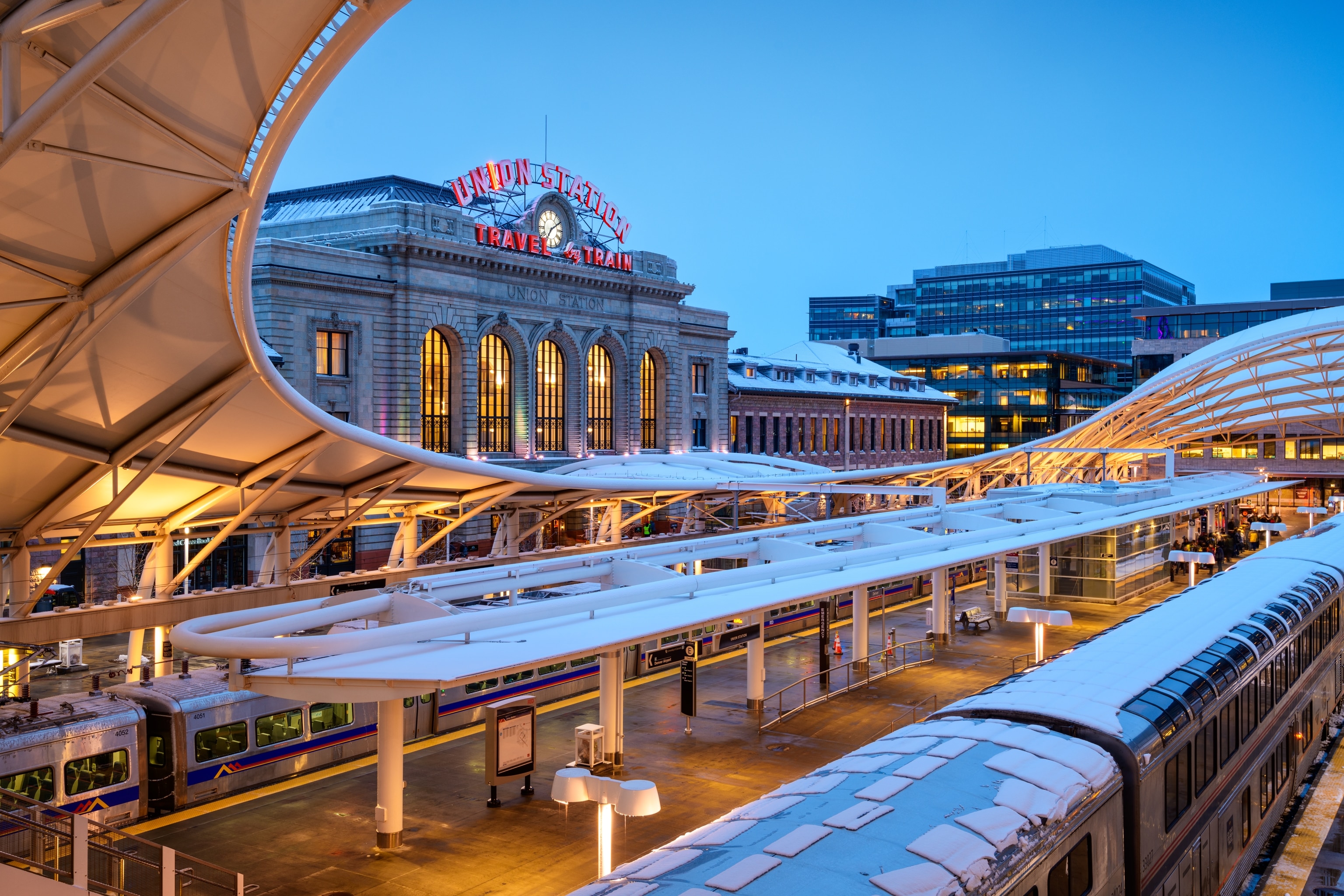
3. Comprehensive Smart Monitoring
Advanced systems, such as Beijing Fengtai Station's unified spatio-temporal monitoring based on BeiDou, track environmental factors and structural integrity in real-time for proactive maintenance.
4. AI-Driven Operational Management
Predictive analytics and automation optimize resource allocation, energy use, and crowd management, enabling efficient responses to disruptions and dynamic passenger flows.
5. Human-Centric Wayfinding
Intuitive navigation systems prioritise visibility and accessibility, placing signage at consistent heights (e.g., 2.5m) and frequent intervals (≤25m), often wall-mounted to reduce overhead clutter.
6. Adaptive Layouts & Dynamic Signage
Station planning incorporates behavioural simulation, with ongoing optimization of signage and paths post-opening to match evolving passenger movement patterns.
7. Multifunctional Material Innovation
Materials serve dual purposes: specialised acoustic panelling reduces noise while contributing to architectural expression and optimising environmental conditions.
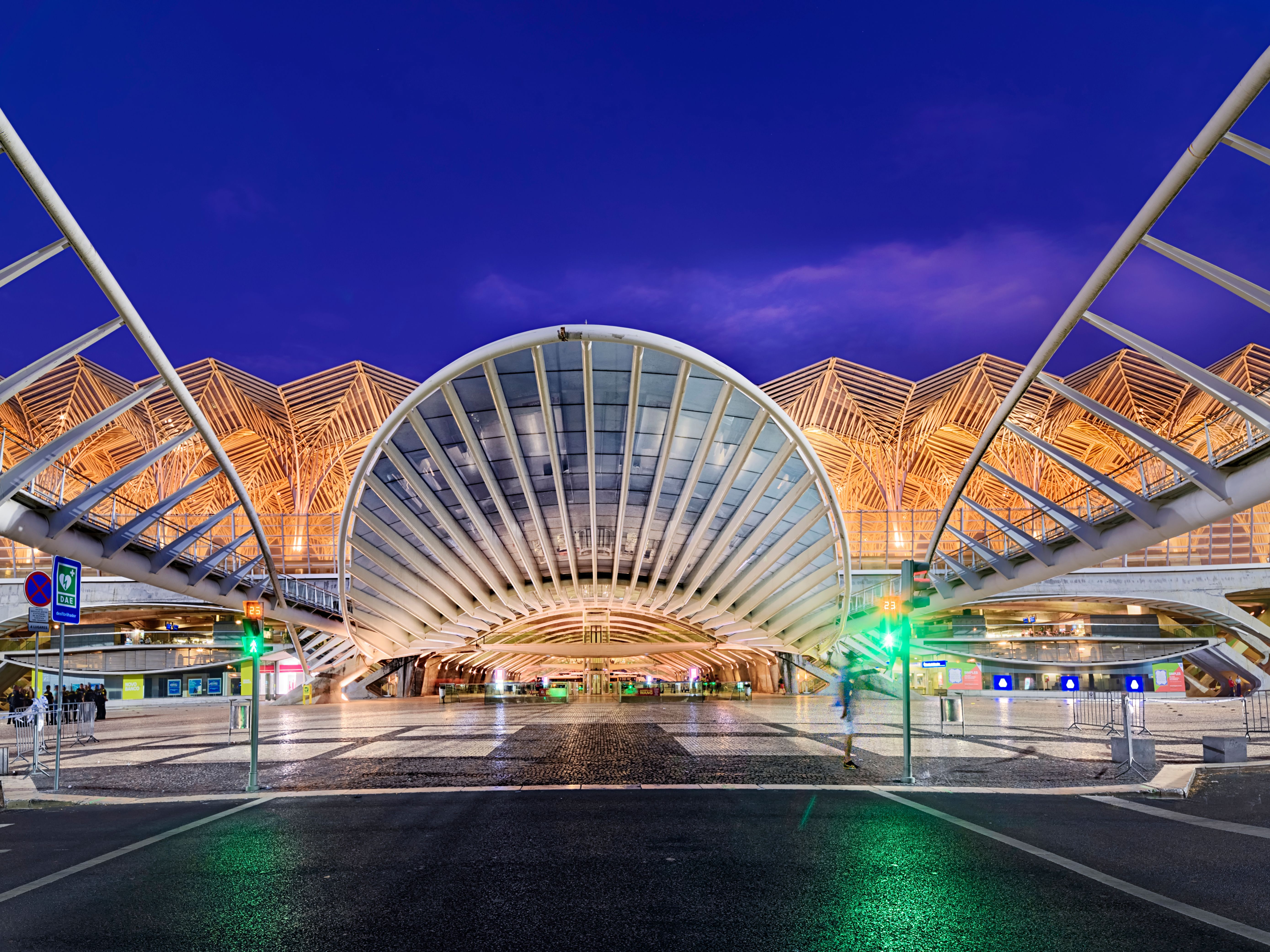
8. Advanced Climate Control Systems
Innovations like radiative cooling at Hangzhou West Station enhance thermal comfort sustainably, significantly reducing energy consumption compared to traditional HVAC.
9. Contextual Cultural Design
Architectural forms and interior elements draw inspiration from local history and vernacular motifs, embedding regional identity without compromising functionality.
10. Flexible & Convertible Spaces
Modular designs accommodate fluctuating passenger volumes and future-proof stations for changing mobility demands, supporting hybrid uses like pop-up retail or event spaces.

